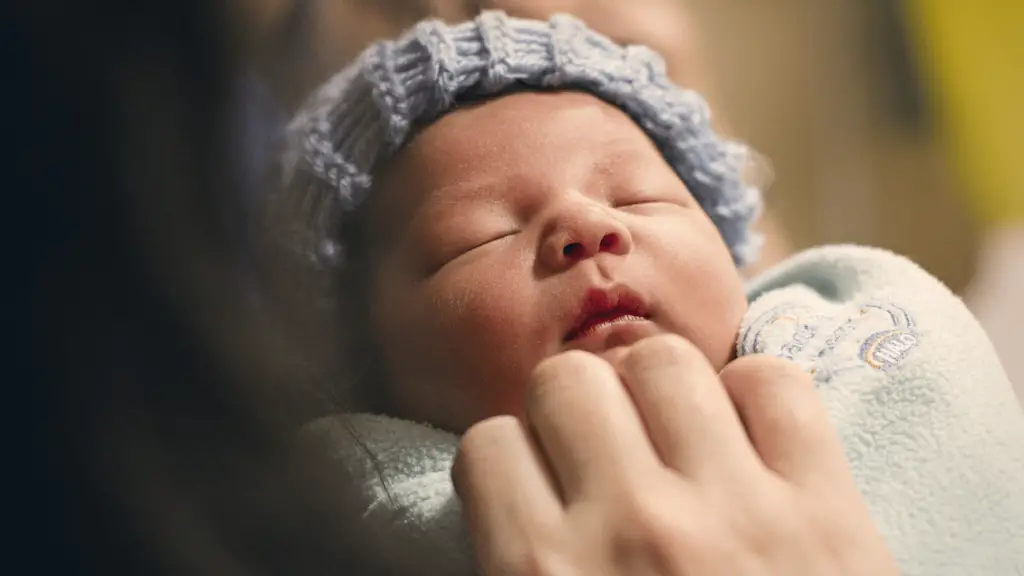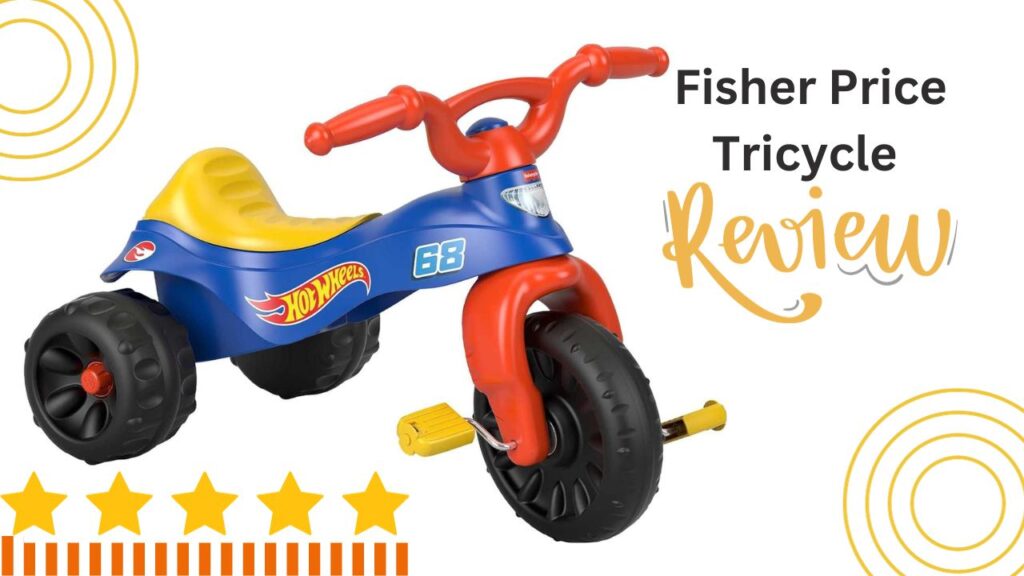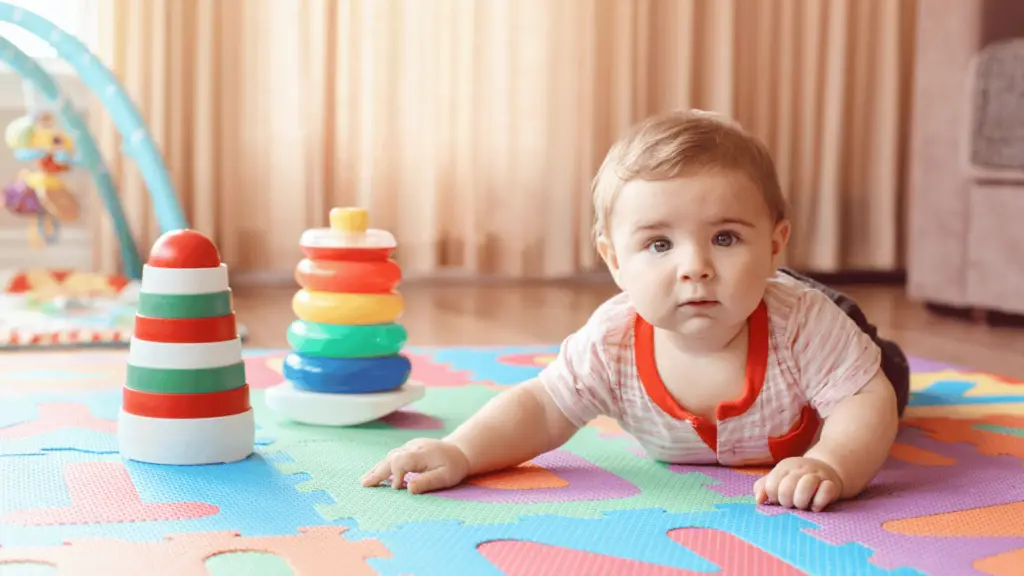Sleep is essential for a baby’s growth and development, yet many parents find it difficult to put their youngster to sleep. Because it may effectively simulate the relaxing atmosphere of a mother’s womb, white noise has emerged as a popular method to help babies sleep better. This article, “Is White Noise Good or Bad For Baby Sleep” will go into the science of white noise, its benefits for infant sleep, and how to utilize it correctly.
Is White Noise Good For Baby Sleep
According to a study that involved 40 infants, it was found that 80% of them fell asleep within just 5 minutes with the help of white noise. Another study showed that white noise reduced crying duration and increased sleep time in infants with colic. These findings are supported by the American Academy of Pediatrics, which recognizes the effectiveness of white noise in promoting better sleep for babies.
What is white noise?
White noise is a consistent sound that combines all audible frequencies at equal intensity. The term “white” is derived from the concept of “white light,” which contains all the colors of the spectrum combined. In the same way, white noise includes all of the sound frequencies that humans can hear. It makes a continuous, uniform sound that is loud enough to drown out other sounds.
The Science Behind White Noise and Baby Sleep
1. Familiarity and the Womb Environment
The womb’s environment is anything but silent. During prenatal development, babies hear sounds like their mother’s heartbeat, blood flow, and muffled sounds from the outside world. White noise can help a baby feel safe and calm by creating an environment that is familiar to them.
2. Sound Masking
One of the primary benefits of white noise is its ability to mask disruptive sounds. Sudden or loud noises can startle a baby, interrupting their sleep. By making constant background noise, white noise drowns out any sounds that could wake the baby up. This helps the baby sleep better.
3. Sleep Onset and Sleep Consolidation
Studies have shown that white noise can help babies fall asleep more quickly and stay asleep for longer periods. White noise is a constant, soothing sound that can help a baby fall asleep by making them less alert and more relaxed. It also helps you get a better night’s sleep by reducing the number of times you wake up during the night.
Benefits of White Noise for Baby Sleep
1. Improved Sleep Quality
When used correctly, white noise can improve a baby’s overall sleep quality. By creating a calming, familiar environment and masking disruptive sounds, white noise can help babies fall asleep faster and experience fewer sleep interruptions.
2. Reduced Stress and Anxiety
The familiarity of white noise can provide comfort to babies, reducing their stress and anxiety levels. This effect can be especially helpful for babies who are still getting used to life outside the womb.
3. Enhanced Cognitive Development
Adequate sleep is vital for a baby’s cognitive development. Consistently getting a good night’s sleep can support the development of memory, attention, and problem-solving skills in infants. By improving sleep quality, white noise can contribute to better cognitive development in babies.
4. Easier Transition to Independent Sleep
Using white noise can help babies learn to self-soothe and fall asleep independently. This skill is important for their long-term sleep habits and overall development. By providing a consistent sleep environment, white noise can make it easier for babies to transition to independent sleep.
How to Use White Noise for Baby Sleep
1. Choose the Right Sound
While the term “white noise” is often used interchangeably with other types of noise, such as pink or brown noise, the specific sound you choose can make a difference. Experiment with different types of noise to find the one that works best for your baby. Some popular options include gentle rainfall, ocean waves, or a steady fan sound.
2. Adjust the Volume
When using white noise for baby sleep, it’s crucial to keep the volume at a safe level. Experts recommend keeping the volume below 50 decibels (about the level of a soft conversation) to protect your baby’s hearing. Make sure to place the white noise machine or speaker at a safe distance from your baby’s crib, ideally at least 3 feet away.
3. Create a Consistent Routine
Consistency is key when it comes to establishing healthy sleep habits. Incorporate white noise into your baby’s bedtime routine, using it at the same time each night to signal that it’s time for sleep. This consistency will help your baby associate sounds with sleep and relaxation.
4. Gradually Phase Out White Noise
While white noise can be an effective tool for promoting baby sleep, it’s essential to gradually phase it out as your child grows older. By around six months of age, babies typically begin to develop better sleep habits and are less reliant on white noise to fall asleep. Gradually decrease the volume and duration of white noise over time to help your child transition to sleeping without it.
5. Monitor Your Baby’s Response
Every baby is different, and what works for one may not work for another. Keep an eye on your baby’s response to white noise and adjust the sound, volume, or duration as needed. If your baby seems unsettled or uncomfortable, try a different type of noise or discontinue its use.
Precautions and Safety Tips
Protect Your Baby’s Hearing
As mentioned earlier, it’s essential to keep the volume of white noise at a safe level to protect your dependence on it. Gradually phase out its use as your baby gets older and develops better sleep habits.
Consider the Room’s Acoustics
The acoustics of your baby’s room can impact the effectiveness of white noise. Hard surfaces, such as wood or tile floors, can cause sounds to echo and become more disruptive. Consider adding soft furnishings like rugs, curtains, or pillows to help absorb sound and create a more peaceful sleep environment.
FAQs:
Q1) Should you play white noise all night for a baby?
A) White noise can be helpful in creating a soothing and calming environment for babies to sleep in. It can also help block out other noises that may disrupt their sleep. However, it’s important to use white noise at a safe volume level and not exceed recommended exposure times. Additionally, some experts suggest that relying too heavily on white noise can interfere with a baby’s ability to learn to self-soothe and fall asleep independently.
It’s important to note that every baby is unique, and what works for one may not work for another. It’s always a good idea to consult with your child’s pediatrician to determine the best sleep environment and strategies for your baby.
Q2) Is it okay for Babies to Sleep With White Noise?
A) Yes, it is generally considered safe for babies to sleep with white noise. White noise can be helpful in creating a soothing and calming environment for babies to sleep in, especially in noisy or stimulating environments. It can also help mask other noises that may disrupt their sleep, such as traffic or household sounds.
However, it’s important to use white noise at a safe volume level and not exceed recommended exposure times. Experts suggest that white noise should be played at a volume no louder than 50 decibels, which is roughly equivalent to the sound of a quiet conversation. Additionally, it’s important to monitor your baby’s response to white noise and adjust the volume or type of sound as needed. Some babies may find white noise too stimulating and have difficulty falling asleep, while others may find it too calming and become dependent on it to fall asleep.
It’s also important to note that relying too heavily on white noise can interfere with a baby’s ability to learn to self-soothe and fall asleep independently. Therefore, it’s a good idea to use white noise as part of a consistent bedtime routine that includes other calming activities, such as a bath or massage, to help your baby learn to associate these activities with sleep. As with any sleep strategy, it’s always a good idea to consult with your child’s pediatrician to determine the best sleep environment and strategies for your baby.
Q3) When Should I Stop White Noise For Baby?
A) The appropriate time to stop using white noise for your baby will depend on several factors, including your baby’s age, sleep habits, and individual needs. In general, it’s a good idea to begin gradually reducing your use of white noise as your baby grows and becomes better able to sleep through environmental noises.
Most experts suggest that white noise can be used safely for infants up to six months of age, as they are still developing their ability to self-soothe and regulate their sleep. After six months, you may begin to wean your baby off of white noise gradually. Start by decreasing the volume or duration of white noise each night until your baby can sleep comfortably without it.
By around 12 months of age, most babies have developed the ability to self-soothe and regulate their sleep patterns, and may no longer need white noise to fall asleep. However, every baby is different, and some may continue to benefit from white noise for longer. Ultimately, the decision to stop using white noise will depend on your baby’s individual needs and preferences.
It’s important to note that while white noise can be helpful for creating a soothing sleep environment for your baby, it should not be used as a substitute for good sleep habits, such as establishing a consistent bedtime routine, providing a safe and comfortable sleep environment, and ensuring your baby is well-rested and not overtired.
Conclusion
White noise can help babies learn to sleep well by creating a soothing, familiar environment and covering up other sounds that might wake them up. When used correctly and safely, white noise can improve sleep quality, reduce stress, and support cognitive development. By understanding the science behind white noise and following the appropriate guidelines for its use, parents can help their babies enjoy restful sleep and support their overall growth and development.



